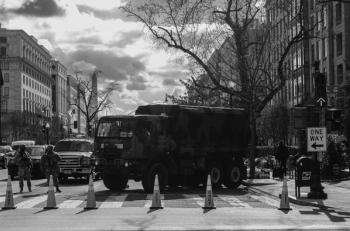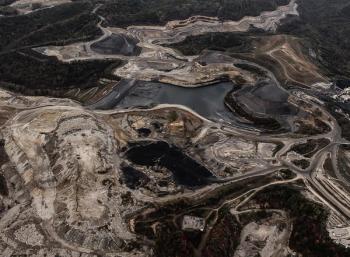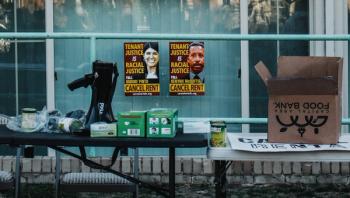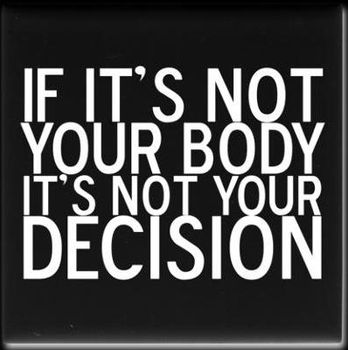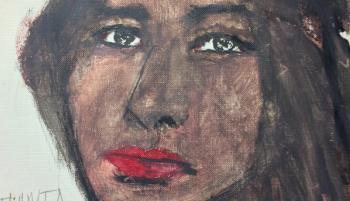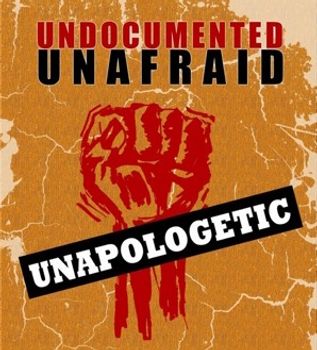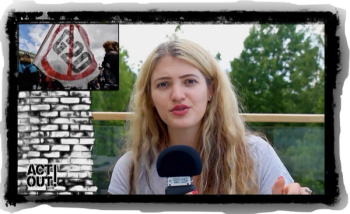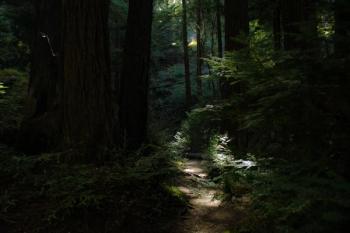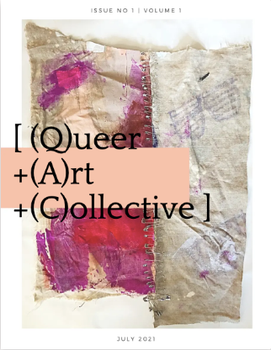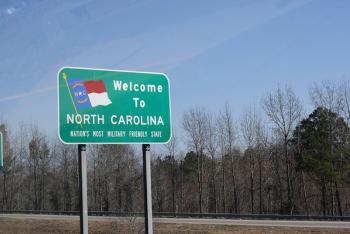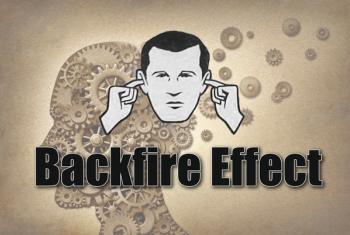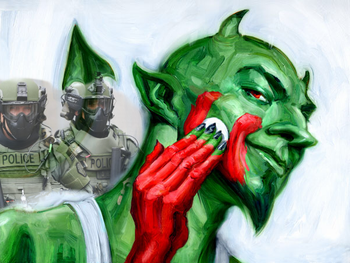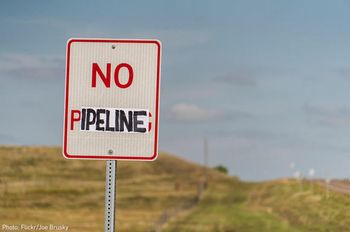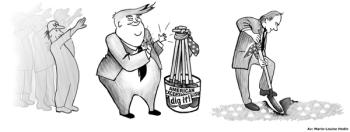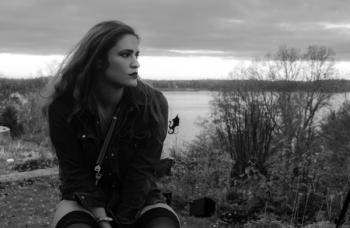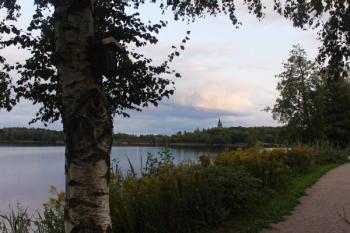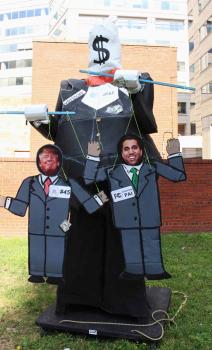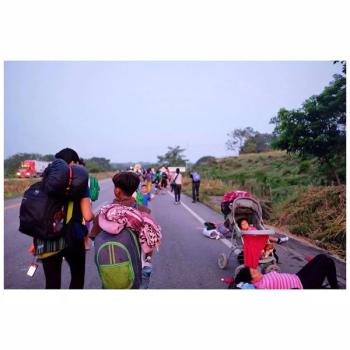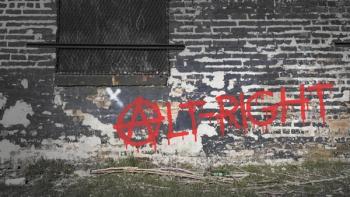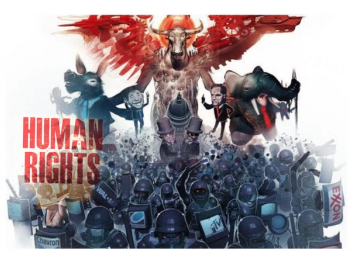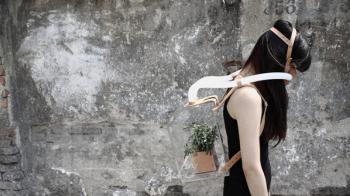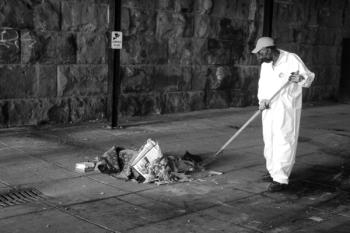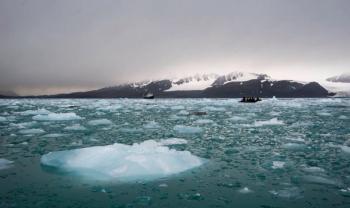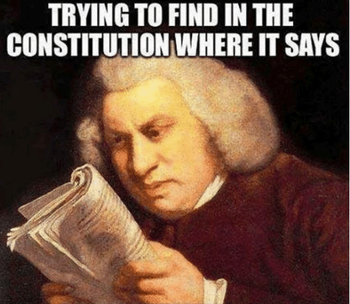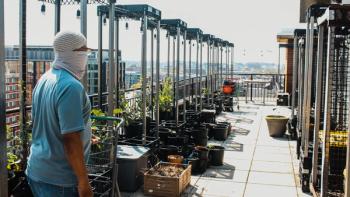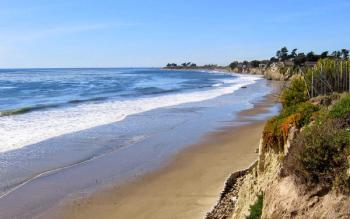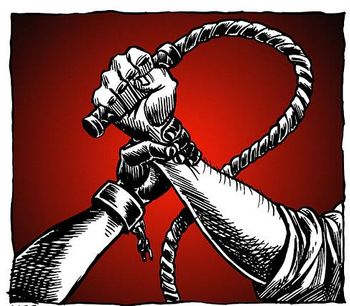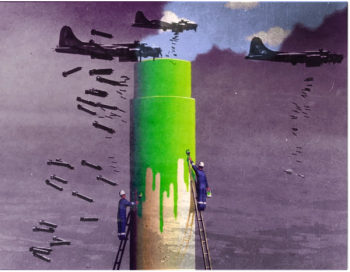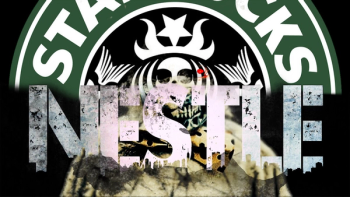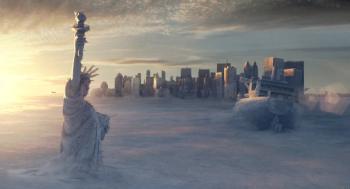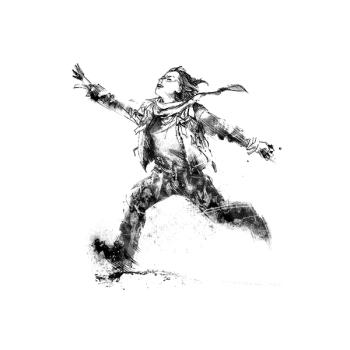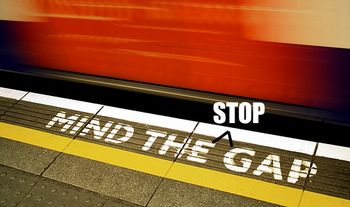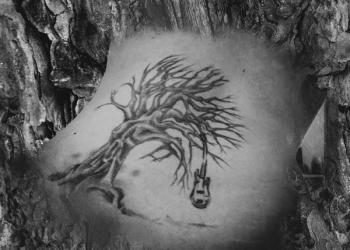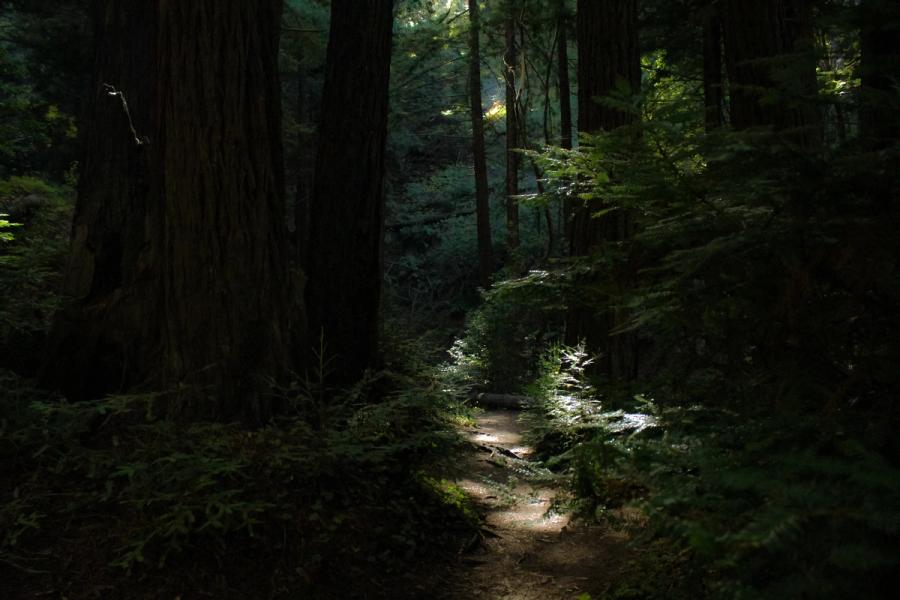
An Historic Rant
2020-07-01
by Eleanor Goldfield
We don’t need another post about “these times.” We can all pretty much agree that shit is weird – that we’re confused, bewildered and feel like we’re on a boat captained by Bond villains heading towards a waterfall, stuck in a cyclone, trying to build rafts out of shoelaces and hope.
Indeed, the discussion of where we are has hit a bit of a monotonous groove, a broken record type feel that just grates at us whenever we hear it. Someone just needs to kick the turntable and get us another round of beers.
A more interesting Pilsner pondering – one that’s at once more mysterious and more clarifying – is the future we dream of, and the past we can learn from. More than just simple cause and effect, the past is our map, and the future is our navigation plan. Without that map, how the hell can you know where you are, where you started, where the path has taken you, how the hell you got into this storm headed straight for a waterfall, and how to navigate out of it? Basically you can’t.
In short, the map not only gives you clarity in understanding how you got here, it allows you the foundation on which to build a legit navigation plan to avoid the waterfall, the cyclones and indeed the Bond villains.
Leaving the boat analogy for a second, just think of it in terms of your own life. You know who you are now because you know who you were – and you know who you want to be because you know who you are now. From here we can extrapolate beyond one body to the entire body politic. Folks in this country are forcibly kept from our own body politic’s past – and we therefore have a sort of Borne Identity crisis (albeit with less secret agent training – but just as much government surveillance).
We don’t know who this body politic is because we have no sense of who that body politic was. It follows then that without that knowledge, we’re walking blind into the future – veering closer and sharper towards that waterfall, to mix my metaphors. Our sense of self vis a vis our body politic is just a collection of messy, incongruous here-say “memories” that have sleepily accumulated into a tangled jingoist web.
How to untangle it? How to know who we are by learning who we were…
Because it’s not just a matter of learning history – that’s too vague. Which history are we talking about? Whose perspective are we pulling from? For instance, the current fight over the statues is much more than a fight about statues. It’s a fight over who gets to tell history – who gets to monopolize the storytelling that then becomes the history we teach each other, our children, our nation? The statues coming down therefore represent those who have had a monopoly on that history. And those tearing them down represent the ones who have been silenced, left out or worse – used to glorify and justify their own oppression.
On Juneteenth this year, I watched black folks climb onto the toppled statue of Confederate General Albert Pike. It gave me chills. Not just because seeing a black body standing on the toppled icon of an avowed racist is a beautiful thing, but because it felt to me that I could feel history quake when that statue hit the ground. I could hear history scream – those silenced voices rising as if released from inside the pedestal that this man held sealed for more than 100 years.
The choir is growing. We’re getting glimpses of the understory – the vast world beneath the crowns. Truly, the past is indeed mysterious – not at all because it is unknowable, like the future – but mysterious because it is thick like a dark forest of trees. And right now, our history books tell us only to to look at the crowns. But the biodiversity, the true life, the roots and the strength – all exist underneath.
The histories are legion. The lived experiences, the stories, the threads of life that make up our present day are uncountable. And while it’s true that we can never know all of history, we can sure as shit do better in knowing more of it. We can dive into that mystery, wander the forest floor, forage, skip, frolic, take pause, rest in the shade of giants, contemplate, listen and learn.

Image by Eleanor Goldfield
The forest is huge – and doubtlessly, it can feel daunting just wondering where to start looking. We’ve been programmed to just trust what we see in those textbooks – fashioned from crowns. You know, some dudes with buckles on their hats got corn from some folks with feathers in their hair and they lived happily ever after…or something. You may chuckle reading that but you’d be amazed at how many people really follow that line of thinking – or maybe you wouldn’t be.
Either way, with this horrifically twisted story and many others, the question to ask is “whose story is this?” The answer to almost all of these is “some rich dead white guy.” That’ll vary here and there but overwhelmingly, that’s the answer. So, then the question is – who else lived that experience? Who else has a story from that place and time that hasn’t been shared? That we haven’t learned, or taught, or amplified? And importantly, are these people still here? Are there descendants that carry their ancestor’s stories – have written about them, saved them, shared them, and we just never heard about it because we were too busy with those tree-top textbooks? Those busy and sponge-like minds sopping up a monopolized history, for the glory of the crowned.
Indeed as we dig, finding out why these stories were buried in the first place is a lesson in and of itself. There is always someone who benefits from erasing, silencing and burying history. Likewise there is always someone who suffers. For example, in order to bolster the genocidal lie of manifest destiny, indigenous history has been so harshly whitewashed that its faded and subtle contours are today only visible to the patient and keen forest walker.
In West Virginia, for instance, the history of radical resistance that saw white and black coal miners marching together, tying on red bandanas as proud rednecks resolutely standing up to the coal industry has been buried – deep. Kids aren’t taught about how these coal miners worked together to gain basic worker’s rights. Rather, they’re taught to take pride in what’s been stolen from them – livelihoods, lives, clean air, water and land. They’re taught that unions are bad – a fact that flies in the face of that very same history that’s been buried so deep. Of course, it has to be! How else can you convince a people that their human rights are subservient to corporate profit a mere two generations after people fought against that very same paradigm? How else could you so cunningly twist the word “redneck” from something radical built on justice and equality to something derogatory akin to right-wing nut job?

West Virginia Mountains – Image by Eleanor Goldfield
A lot has gone into burying these histories. And it’s heavy work digging them up. It’s heavy work toppling a monolithic history – but it’s beautiful work. It’s powerful to see these stories echo in the present – it’s powerful to feel the reverberations across the land – from Ohio to California to Louisiana to Pennsylvania.
Patchwork and path-work, these stories are that map – showing us how deep the waters of solidarity are – that there is more than just this storm and these assholes steering our ship. There is a future beyond this hurricane. And by knowing how we got here, why we got here and where the fuck ‘here’ even is, those dreams for the future begin to crystallize – the manifold pathways that could bring us there begin to emerge. Wisps of hope turn into guiding winds – bungling attempts at sailing gradually become the muscle memory of those who have weathered this storm before us. Time stretches and contracts and the mystery of the past radiates resolve midst the oppression – a luminescent strength from stories that were buried, and became seeds. And the mystery of the future feels buoyant, not a sinking anchor we’re already tied to, drowning.
I know we all feel a little sea-sick right now, but (flowery language aside) in short, grab a hold of something, look to the past – not to try and get back, but to get forwards. All hands on deck.
Lead image also by Eleanor Goldfield
To learn more about the radical history of West Virginia, check out the film, Hard Road of Hope.

